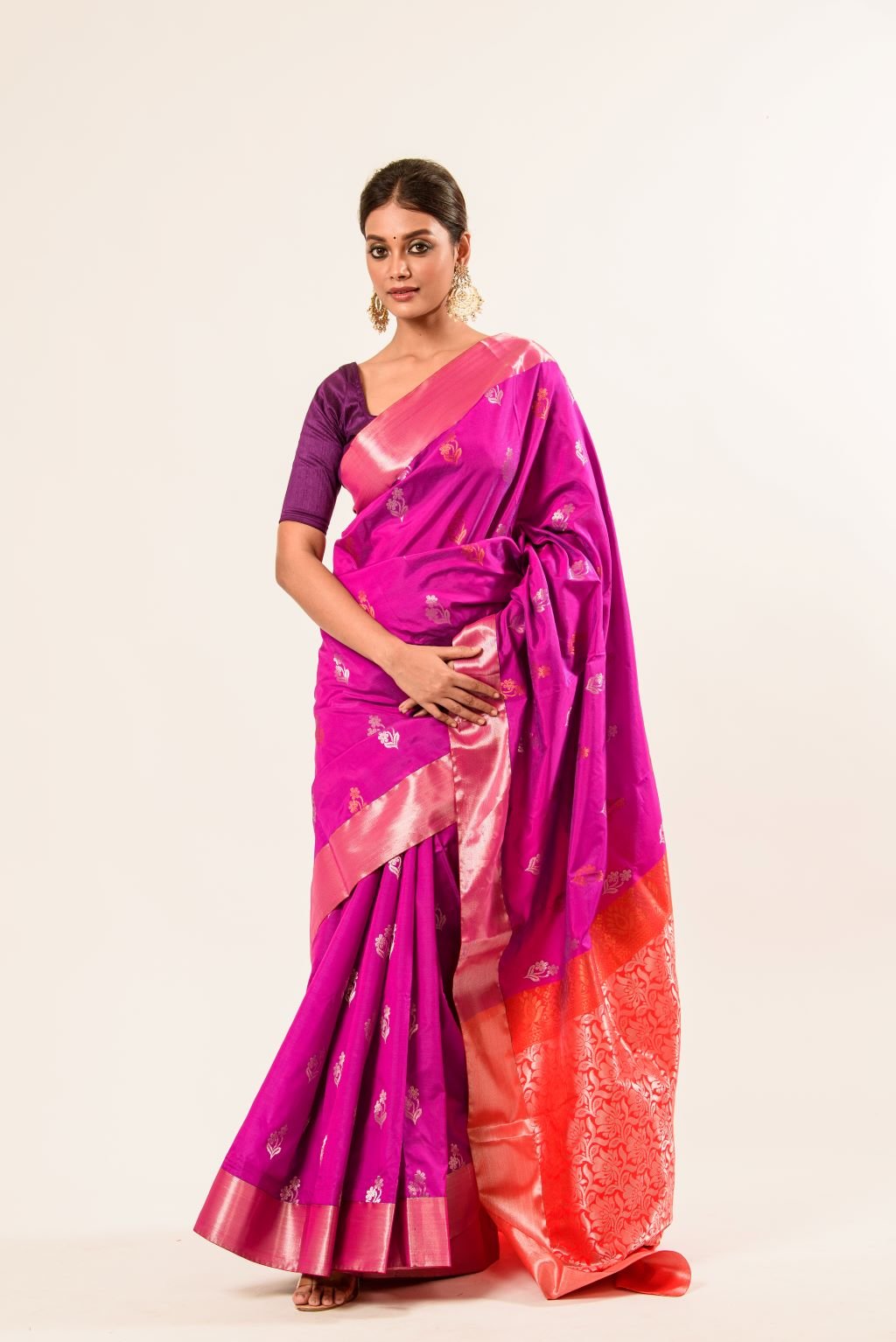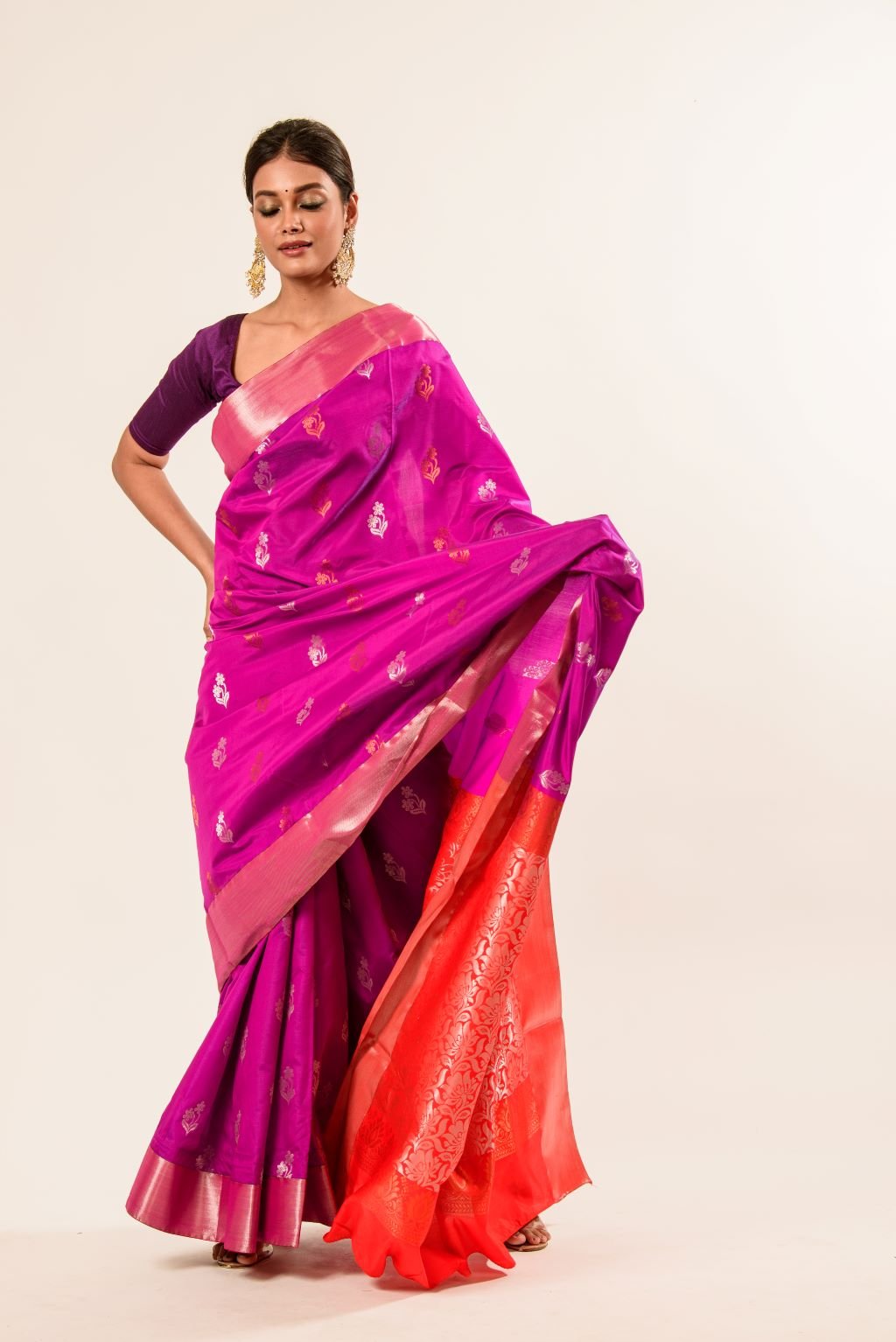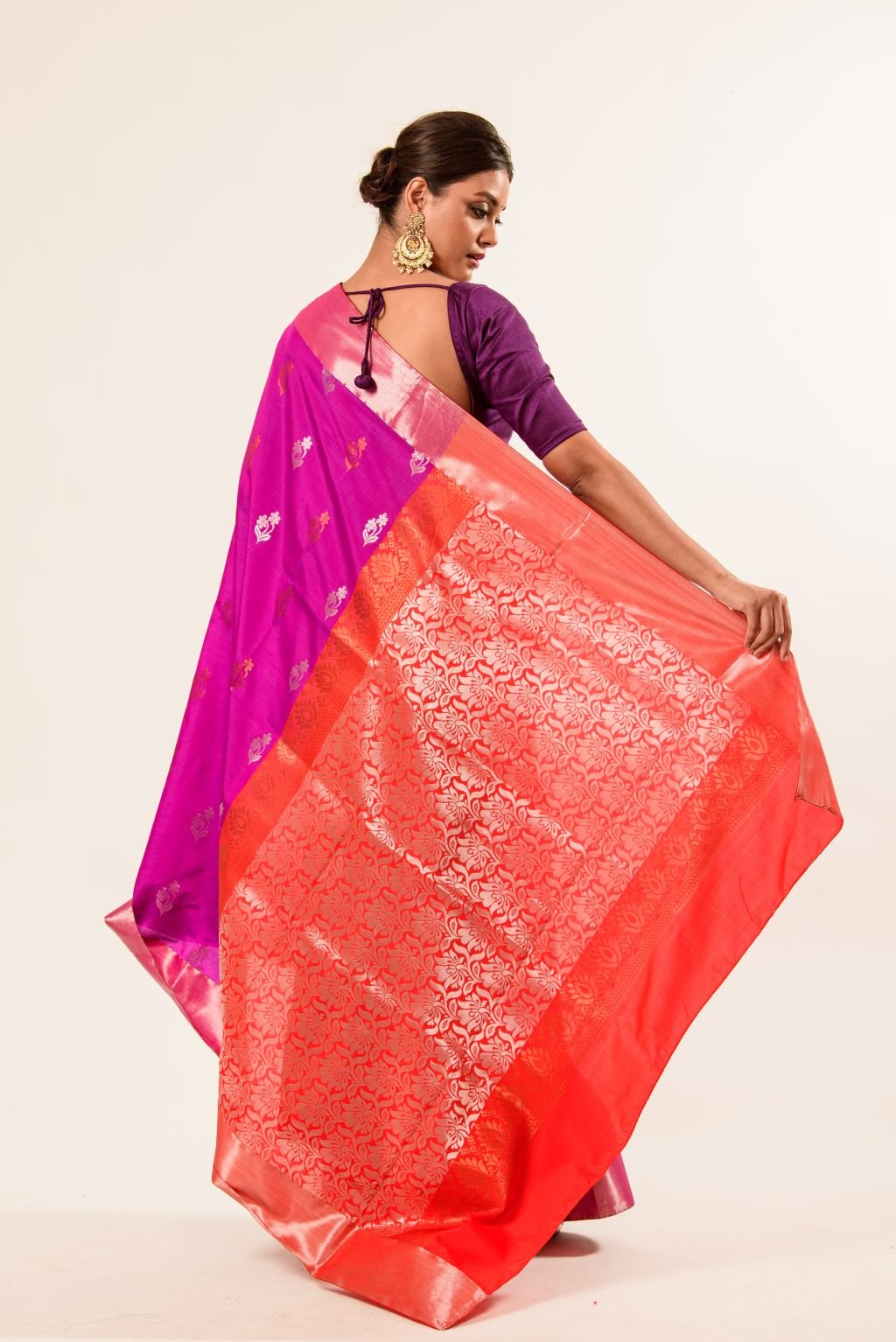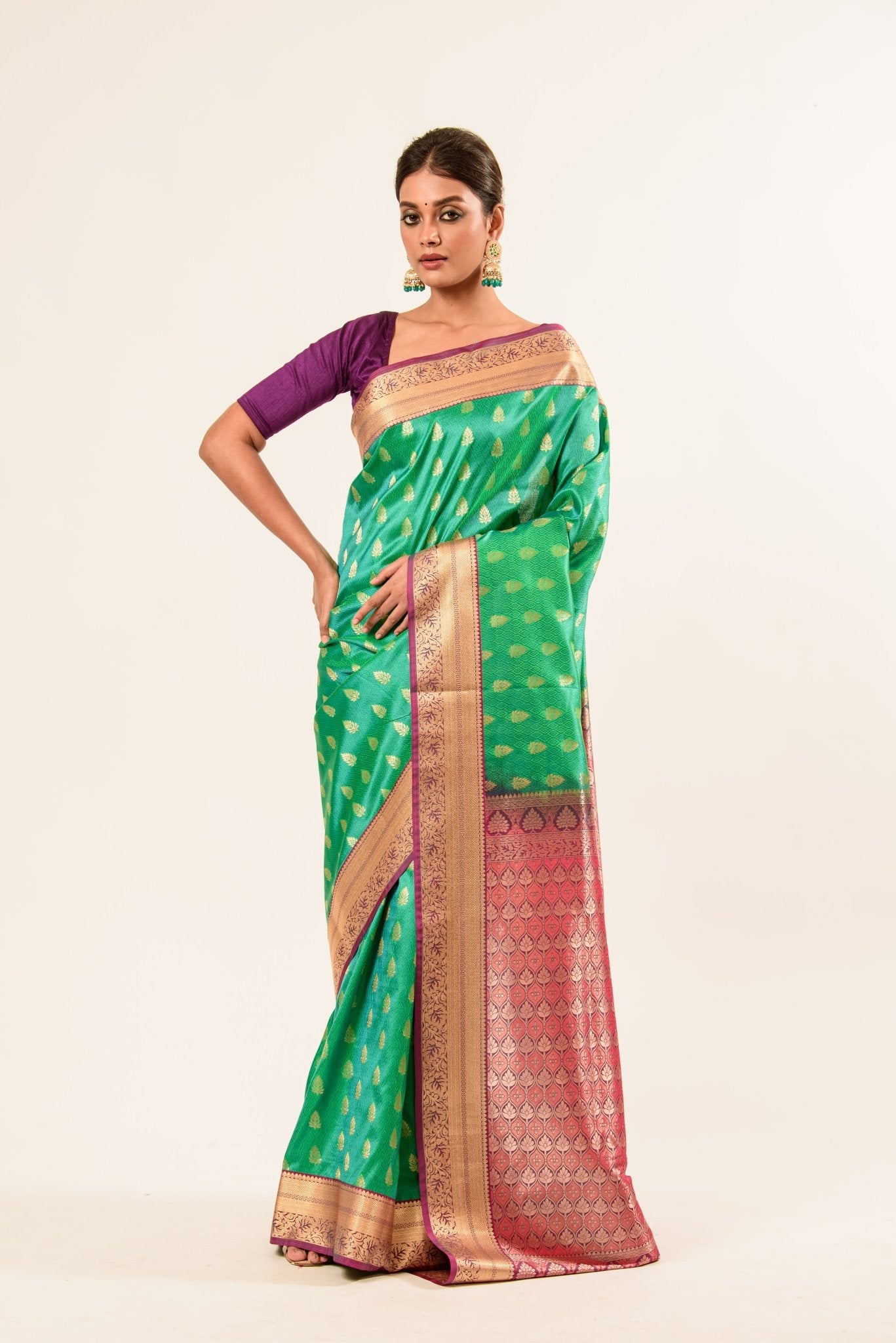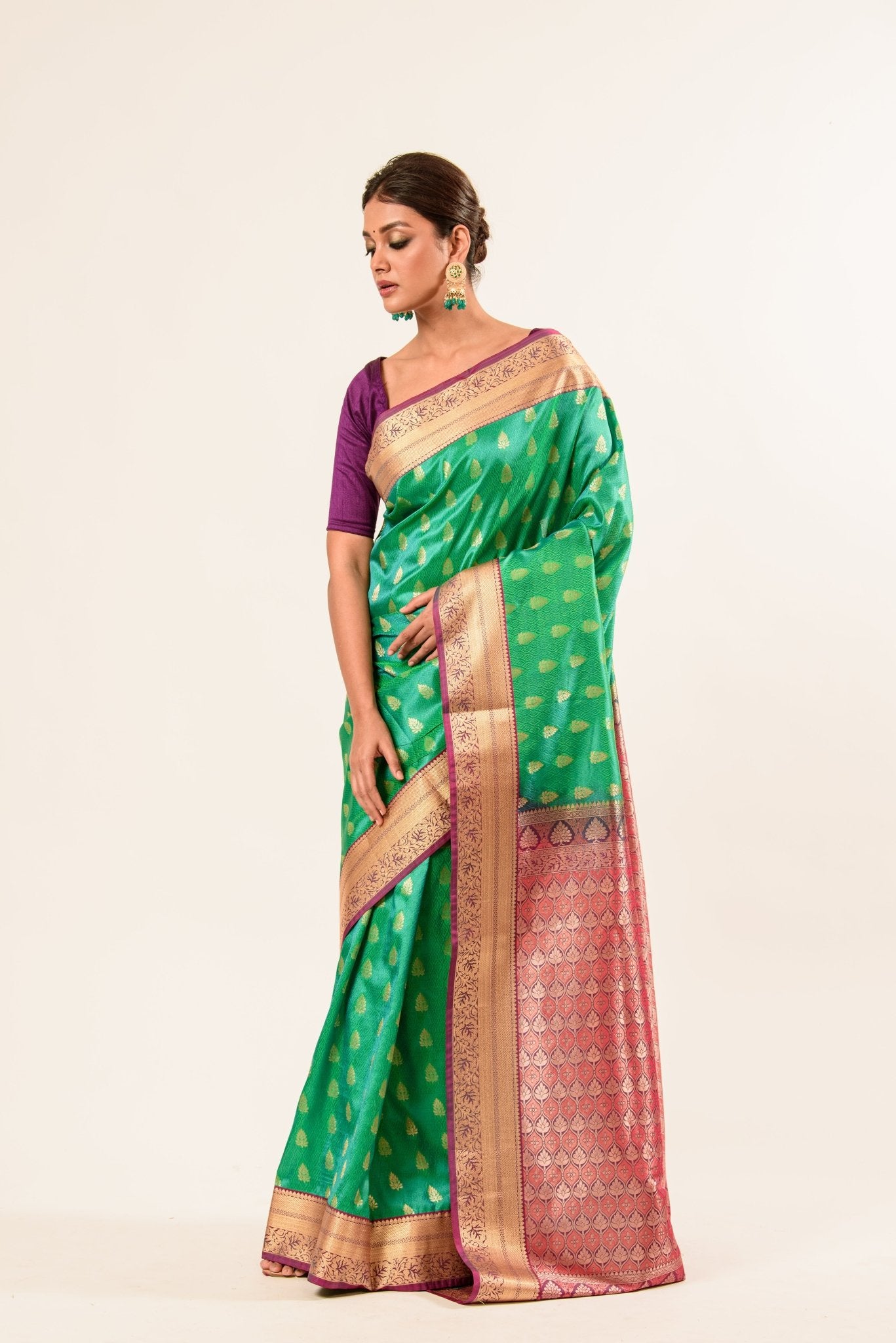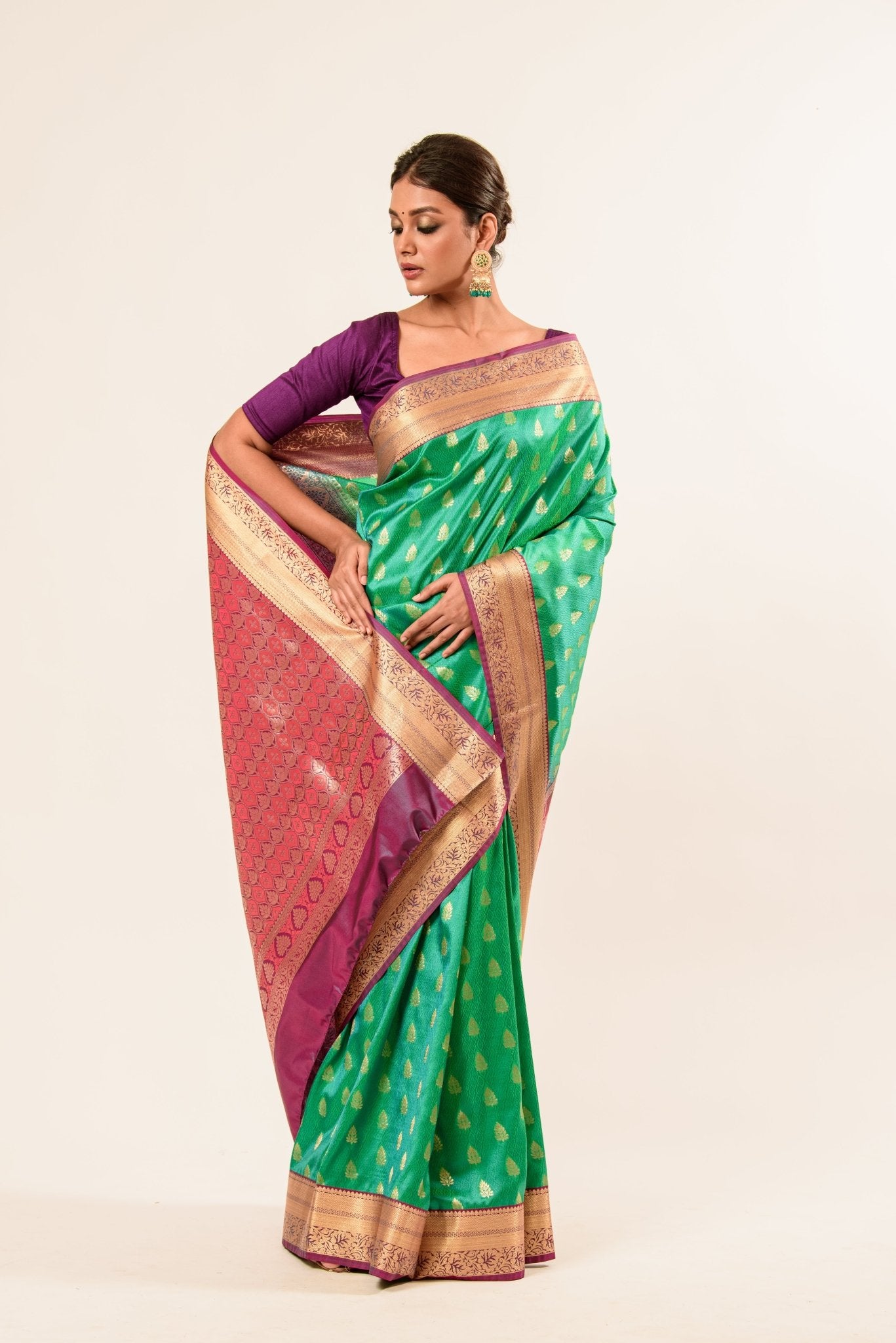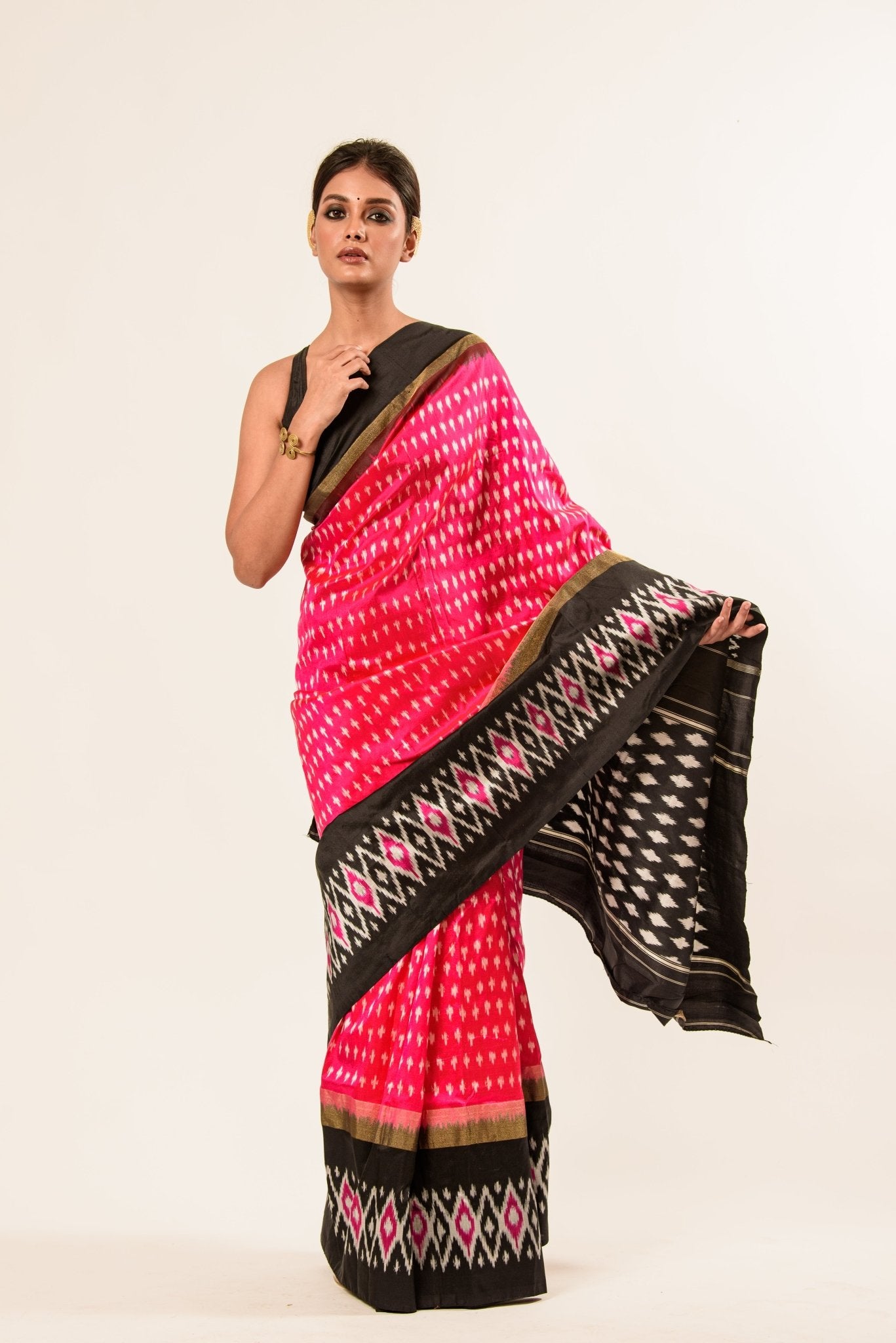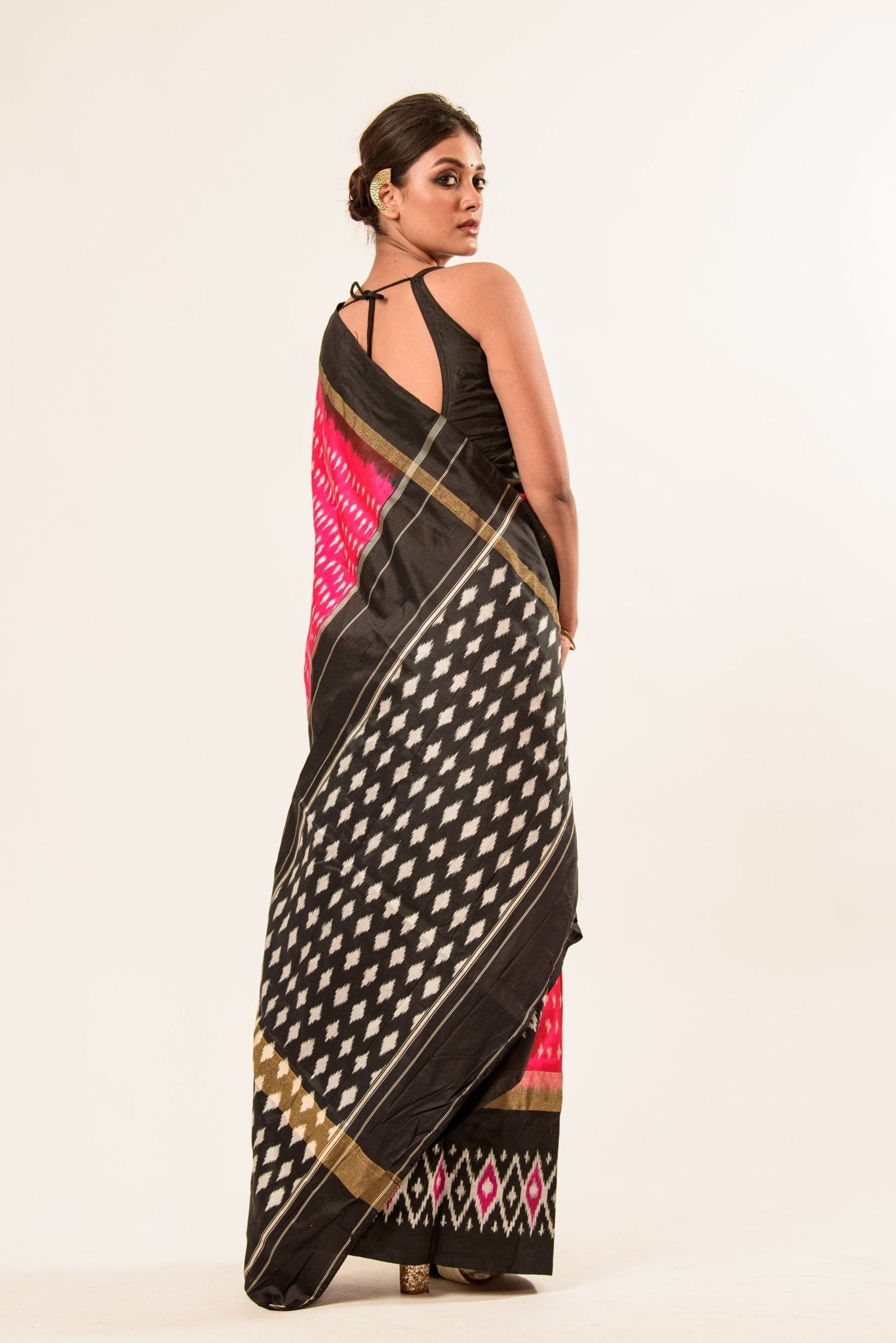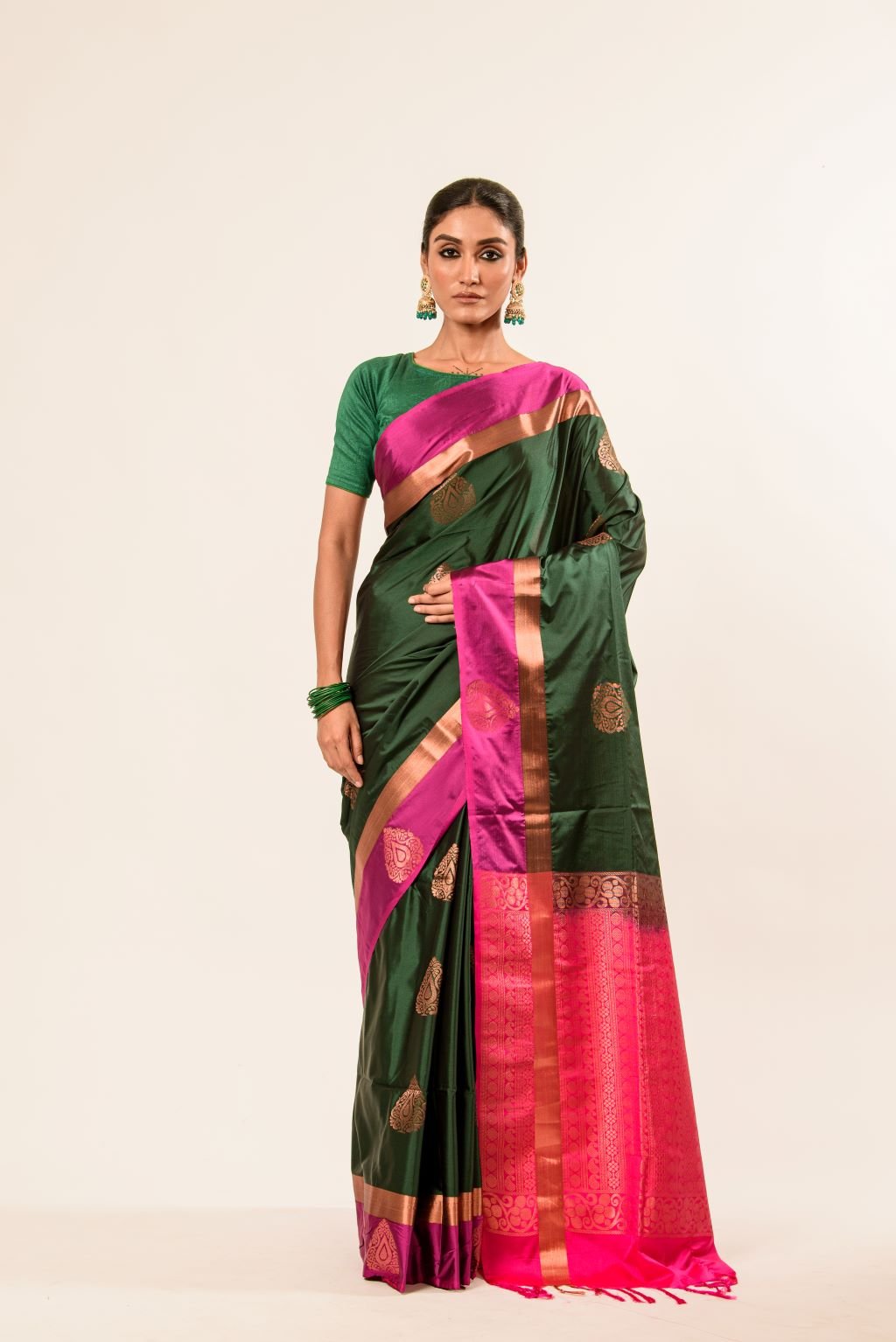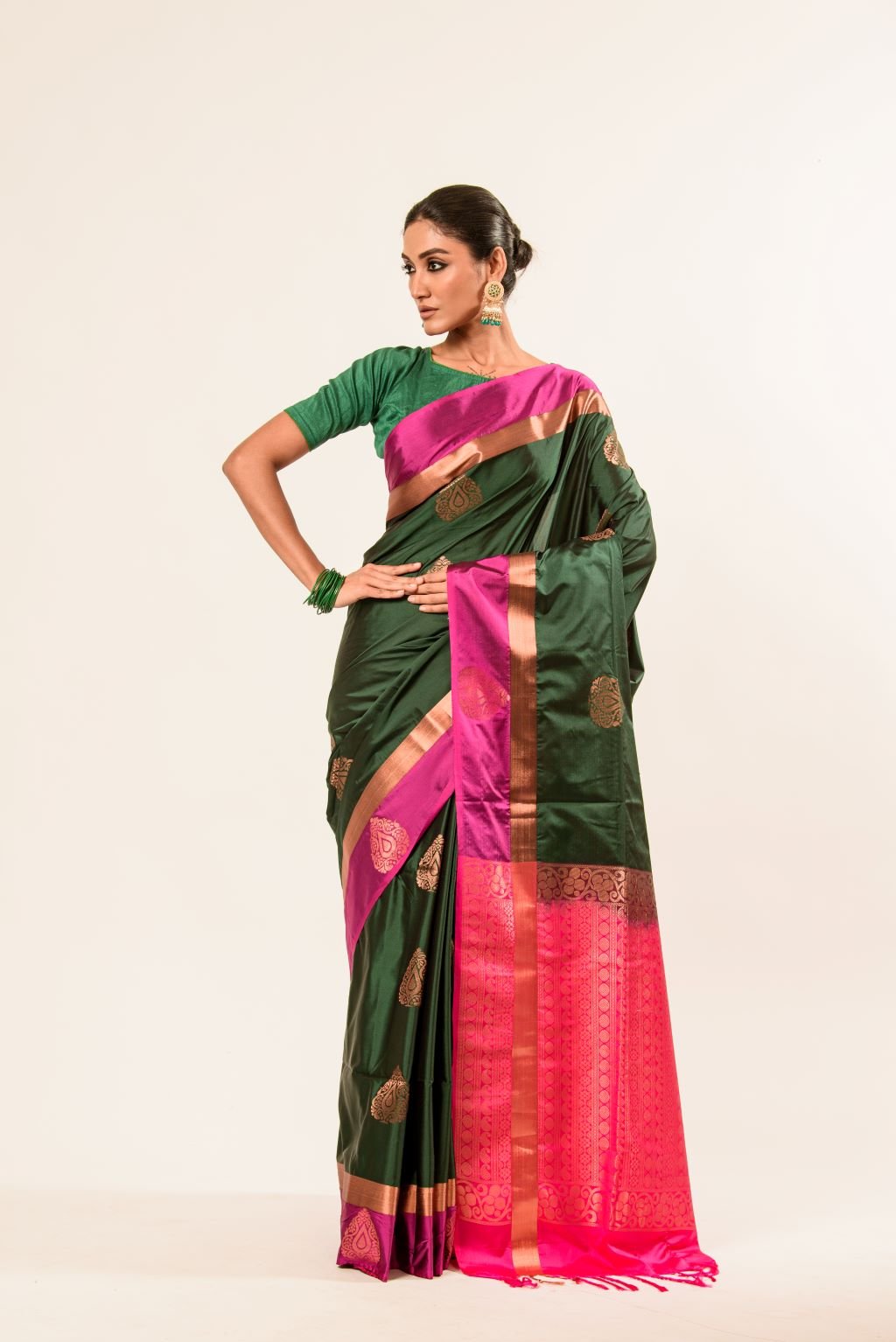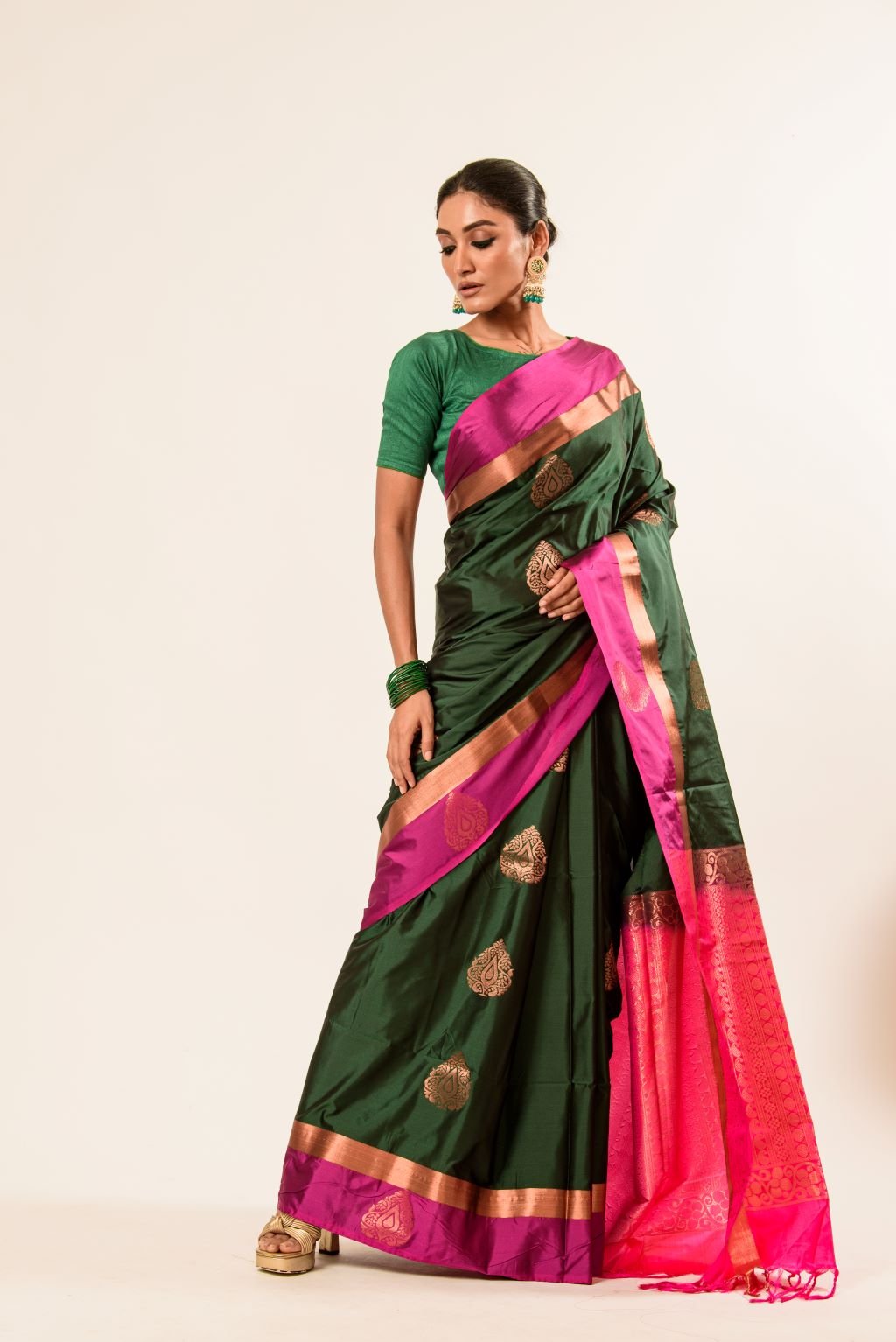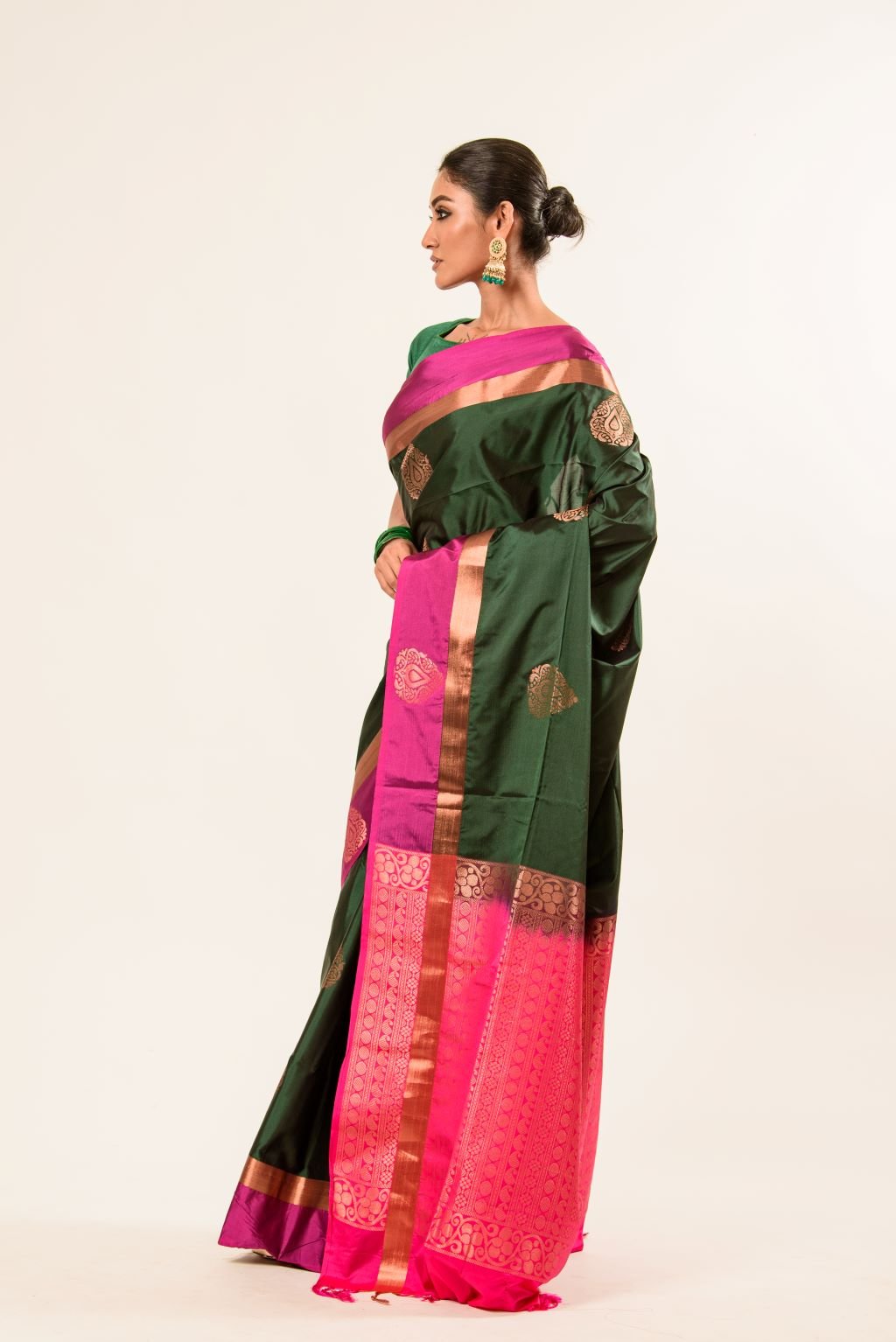Jamdani Silk
Jamdani silk is a traditional and exquisite type of silk known for its intricate weaving patterns and fine texture. Originating from Bangladesh and West Bengal in India, Jamdani silk is celebrated for its lightweight feel and delicate, ornamental designs often featuring floral and geometric motifs. The word Jamdani; is derived from Persian, where Jam means flower and Dani means vase, reflecting the floral motifs that are characteristics of this weaving style.
History and Background
The origins of Jamdani silk can be traced back to the Bengal region, particularly in modern-day Bangladesh and the Indian state of West Bengal. The tradition of weaving Jamdani dates back to the Mughal era, around the 14th century, although historians suggest it could be even older. Jamdani weaving flourished during the Mughal period, with Dhaka (in present-day
Bangladesh) becoming a major center for the craft. The Mughals were great patrons of the arts and encouraged the development of fine textiles, including Jamdani. The Ganges Delta region, encompassing parts of Bangladesh and West Bengal, provided the ideal conditions for cultivating high-quality cotton and producing fine muslin, which served as the base fabric for Jamdani weaving.
In 2013, the traditional art of Jamdani weaving was inscribed on UNESCO's Representative List of the Intangible Cultural Heritage of Humanity, highlighting its cultural and historical significance.
Weaving Centres
Bangladesh: The City of Dhaka and its surrounding areas have been central to Jamdani weaving. The intricate designs and superior craftsmanship of Dhakai Jamdani sarees are renowned worldwide. West Bengal, India: In India, areas like Shantipur, Nadia, and Phulia in West Bengal are well-known for producing high-quality Jamdani sarees.
Here are some key features of Jamdani silk:
1. Weaving Technique: Fine cotton yarn was used traditionally, but contemporary Jamdani also employs silk or a blend of silk and cotton. The weaving is done on a traditional handloom, allowing the weaver to manually create the intricate patterns. Jamdani is woven on a handloom, often taking several weeks to complete a single saree. The patterns are created directly on the loom using a
supplementary weft technique, which adds intricate designs.
2. Designs and Motifs: The first step involves designing the motifs. The design is either drawn on graph paper or directly visualized by the experienced weaver. The motifs are typically inspired by nature, including flowers, leaves, and birds, as well as abstract geometric patterns. The designs are meticulously crafted to stand out against the fine fabric.
3. Cultural Significance: Jamdani silk has a rich cultural heritage and is often associated with traditional ceremonies and festivities. It is considered a symbol of elegance and sophistication. The painstaking process of hand-weaving each piece makes Jamdani sarees a work of art. The time and effort invested in creating these sarees reflect the dedication and skill of the artisans. Many Jamdani weavers are women, and the craft has played a role in empowering them by providing financial independence and recognition for their skills.
4. Variety of Colors: Jamdani silk sarees come in a variety of colors, from vibrant hues to subtle pastels, making them suitable for various occasions. Many Jamdani sarees feature contrasting color combinations, where the base color sharply contrasts with the motifs, enhancing the visual appeal. Some designs use variations of the same color, with lighter and darker shades creating a subtle and
sophisticated effect.
5. Lightweight and Comfortable: While the motifs are intricate and detailed, the base fabric of a Jamdani saree is usually very light. This balance ensures the saree is not too heavy despite its elaborate designs. The handloom weaving process creates a fabric that has a natural breathability compared to machine-made textiles. This particularly benefits from humid environments.
Styling Jamdani Silk
Blouse Choice:
- Gold Jewelry: Classic gold jewelry, such as Jhumkas, bangles, and a statement necklace, complements the traditional aesthetic of Jamdani sarees.
- Temple Jewelry: Temple jewelry with intricate designs adds a touch of heritage and elegance.
Hair and Makeup:
- Traditional Hairstyles: Choose traditional hair styles such as a bun adorned with fresh flowers or a braid with hair accessories.
- Natural Makeup: Keep makeup natural with kohl-lined eyes and a bindi to complete the look.
Preserving Jamdani Silk
Cleaning: It’s best to dry clean Jamdani silk sarees to avoid any damage from water and detergents. Inform your dry cleaner about the delicate nature of the fabric and motifs. If you prefer washing at home, use mild detergent and cold water. Gently hand wash without wringing or scrubbing. Rinse thoroughly and dry in the shade.
Ironing: Iron the saree on a low-heat setting. If possible, it's advisable to use a pressing cloth or iron the saree on the reverse side to protect the fabric and motifs. A steam iron can be used to remove wrinkles gently, without applying too much pressure or heat.
Storing: Store your Jamdani silk sari in a cool, dry place to avoid damage from moisture and heat. Wrap the saree in a cotton or muslin cloth before storing. This protects it from dust and allows the fabric to breathe. Do not store the saree in plastic bags as they can trap moisture and lead to mildew. Fold the saree neatly along the natural lines of the fabric. Avoid creasing the motifs and designs to prevent damage. Place neem leaves or mothballs (camphor) in the storage area to protect the saree from insects. Ensure they do not come in direct contact with the fabric. Lavender sachets can also be used as a natural insect repellent and will leave a pleasant fragrance. Handling: Spraying perfumes or deodorants directly on the saree can cause stains and damage the fabric. Apply them before wearing the saree. Be cautious with sharp jewelry or accessories that might snag the delicate threads of the saree.
Repairs: For any tears or damages, it's advisable to seek help from professional repair services specializing in delicate fabrics. Inspect the saree regularly for any loose threads or minor damages and address them promptly to prevent further deterioration.
Shop Sarees By Colour
| Saree Color | Ideal Occasion |
| Red Sarees | Weddings, Engagements, Karva Chauth, Festivals |
| Green Sarees | Mehndi Ceremonies, Traditional Puja, Eco-themed Events |
| Grey Sarees | Contemporary Gatherings, Office Parties, Subtle Elegance for Day or Night |
| Yellow Sarees | Haldi Ceremonies, Daytime Functions, Spring Events |
| Pink Sarees | Baby Showers, Birthday Parties, Romantic Dinners |
| Blue Sarees | Evening Parties, Corporate Events, Receptions |
| White Sarees | Temple Visits, Traditional Ceremonies, Peaceful Gatherings |
| Black Sarees | Cocktail Parties, Formal Events, New Year Celebrations |
| Orange Sarees | Navratri, Religious Events, Cultural Gatherings |
| Purple Sarees | Engagements, Festive Celebrations, Theme Parties |
| Peach Sarees | Summer Weddings, Brunches, Casual Daytime Gatherings |

